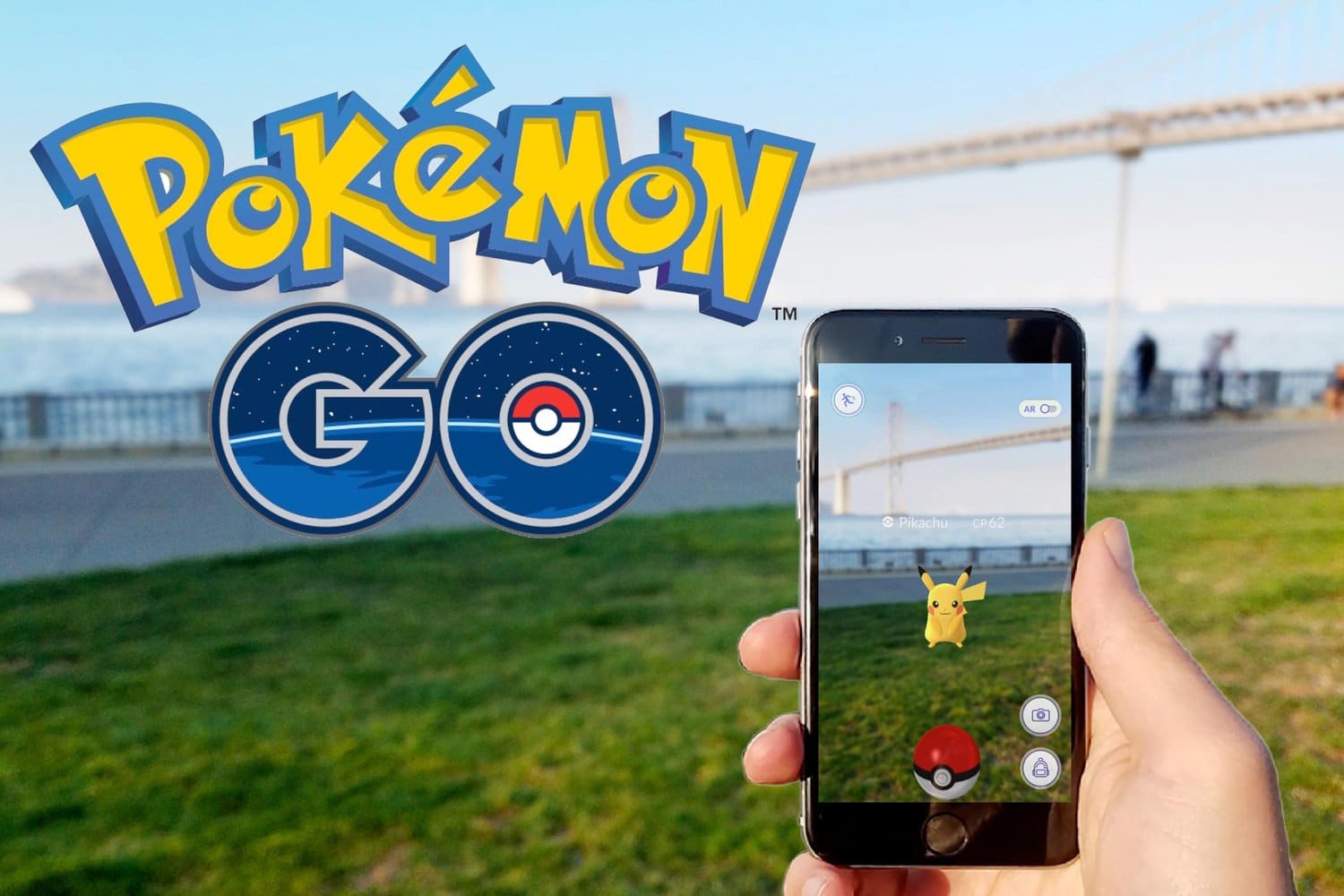While the hype from Pokémon Go has mostly died out, its effect on the gaming world will be felt for years to come. The game has changed the way we look at augmented reality and opened many doors for the future development of AR technology.
Augmented Reality as a Business Tool
Local business owners around the world were quick to figure out how to use Pokémon Go to attract more customers. From turning their shops into Pokestops to offering free Wi-Fi, there were plenty of innovative ways in which businesses used Pokémon Go to make themselves more visible to potential clients. Even there are sites selling genuine handmade Pokemon Go accounts.
With the use of Pokémon Go in local marketing campaigns, we are only beginning to see business owners using AR technology for commercial purposes. This year, it was through an augmented reality app that business owners were able to reach out to potential new customers. Now that they see the value in AR, the future is likely to see more companies developing their own augmented reality apps to attract customers and clients.
Ikea is one company that has been quick on the uptake of AR technology. The furniture manufacturer allowed users to place sofas, rugs, tables and other fittings around their homes to see exactly how they would suit the décor. In the same way that Pikachus and Gastlys appear right in front of you in Pokémon Go, IKEA’s app allows users to visualize digital items in a physical space.
Pokémon Go has demonstrated that the lines between the digital world and physical world can be blurred. They also demonstrated how this capability can be used to make a profit. Therefore, we are looking forward to seeing how this technology will be used in future marketing campaigns.
Augmented Reality in Gaming
Pokémon Go is only just the start of augmented reality gaming (besides its precursor Ingress), and it is considered the jumping off point for the future of this market. Since the launch of Pokémon Go, gaming developers have been brainstorming ways in which they, too, can use AR to create immersive gaming environments that merge the digital and the physical world.
Many of the biggest games developers have been inspired by Pokémon Go to use augmented reality technology in their upcoming releases. While Richard Franke of Magic Notion sees great potential in using AR to improve dating games, Mitu Khandaker-Kokoris of Redshirt would like to use augmented reality to project fictional characters into the real world for various types of interaction.
The possibilities seem endless, as augmented reality technology allows gaming developers to truly bring their characters and stories to life in a new way. When AR gaming really takes off, we are sure to see some novel uses of this technology engross players.
Learning from the Drawbacks of Pokémon Go
Pokémon Go has been a huge success in the mobile gaming world – but, it is not without its faults. As much as players praised Pokémon Go for bringing something completely new and exciting to the gaming world, there was almost as much criticism over missing features. This caused plenty of players to abandon the game, but it also provides the gaming industry with very valuable insight into what it will take to perfect the art of AR development.
Concerned players were mainly focused on the lack of social interaction between players within the game. While Pokémon Go brought players together physically as hundreds of aspiring Pokémon masters gathered in public places to catch the most elusive creatures, players were disappointed that they were unable to interact with one another inside of the Pokémon Go universe. Players want to be able to trade Pokémon with friends and have one-on-one battles, but Niantic still has yet to implement these features.
Developers will certainly keep this feedback in mind when developing AR apps of the future. This means we are likely to see augmented reality games that feature more one-on-one interaction between players. Augmented reality apps and games will offer up much more room to interact in the online world while bringing people together physically.
Another drawback of playing Pokémon Go is its location-based gameplay. Some users found that living outside of major cities prevented them from finding Pokémon. In fact, many players living in rural areas resorted to using VPNs for their iPhones and Android devices to spoof their locations in order to catch more Pokémon in metropolitan areas. While this would be considered cheating, some players found no other options. This is yet another issue that Niantic has been unable to find a fix for, but we are certain that future AR games will cater more to rural players.
Years from now, Pokémon Go will be looked at as the catalyst that encouraged gaming developers, business owners and technology buffs around the world to begin looking at augmented reality as a way to enhance their products and connect mobile users in a whole new way. We are very excited to see what the future of AR has in store for us.
Have you used any other AR apps besides Pokémon Go? Leave us a comment and let us know what your favorites are!
Author Bio: Caroline is a technology blogger with a love of gaming. Pokémon Go is her favorite game of 2016, and she can’t wait to see how other developers will use AR to create new gaming experiences in the future. You can read more of Caroline’s thoughts on technology at Securethoughts.com











Leave a Reply